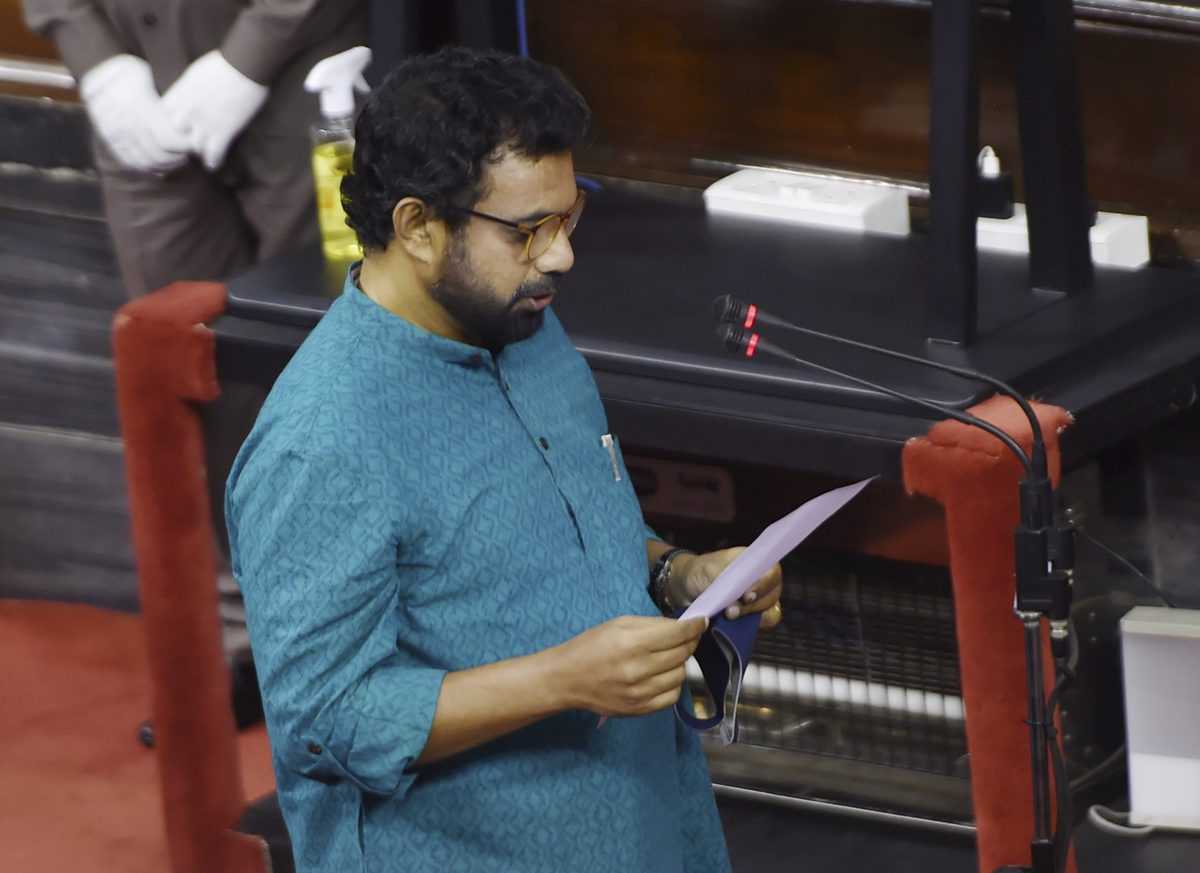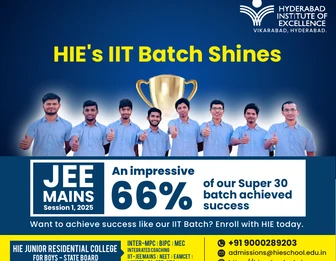
New Delhi: CPI-M Rajya Sabha MP John Brittas on Sunday wrote to the Election Commission of India stating that there is an “urgent need” for clarification on alleged discrepancies in voter turnout percentage of the recently concluded Maharashtra Assembly polls.
The letter by Brittas has come two days after the Congress raised with the EC “serious and grave inconsistencies” which it said were being revealed in the data relating to the polling and counting processes for the Maharashtra elections.
Responding to the issue regarding the voter turnout data, the EC on Saturday asserted that there was no discrepancy in it and the data was available with all candidates polling station-wise and is verifiable.
In the letter addressed to Chief Election Commissioner Rajiv Kumar, Brittas said certain allegations have recently emerged in the public domain regarding voter turnout figures and post-poll patterns, particularly in the context of the Maharashtra Assembly elections.
“Given the ECI’s longstanding reputation for integrity and transparency, I am confident that these concerns will be addressed with the thoroughness they deserve to maintain the credibility of our electoral processes,” the Communist Party of India (Marxist) MP said while expressing “profound respect” for the constitutional role of the Election Commission in safeguarding the country’s democratic process.
He said concerns have emerged from various quarters regarding alleged anomalies in voter turnout figures.
Brittas said while data mentioned in news reports shows that at 5 pm, the turnout in Maharashtra was recorded at 58.22 per cent, by 11:30 pm, after accounting for voters in queues at 5 pm, this figure rose to 65.02 per cent.
Hours before counting commenced, the turnout was further updated to 66.05 per cent, marking an increase of 7.83 per cent equivalent to approximately 76 lakh additional votes, he said in the letter.
“While I am certain that the ECI has robust mechanisms in place to ensure the accuracy of voter turnout data, this apparent post-poll increase is claimed by many as higher than historical norms,” he said.
The CPI-M MP said given the practical limitations of voting time, by accounting for those in queues after the formal closing time, accommodating such a large number of votes within next six hours raises questions on its logistical feasibility.
He said analysts have noted that a similar pattern is not observed in other states.
“For instance, data from Jharkhand elections reveals far smaller increases of 1.79 per cent and 0.86 per cent in two phases.
“Observers also suggest that large post-closing turnout surges may correlate with election outcomes favouring specific political blocs,” he said.
Brittas said in states like Maharashtra and Haryana, where significant post poll surges occurred, the NDA emerged victorious, while in Jharkhand Assembly elections and UP Lok Sabha elections, where such surges were negligible, the Opposition performed better.
He said this correlations may be coincidental, but it risks undermining public confidence in the electoral process.
“It is disheartening to note that despite several memoranda submitted by citizens, the Election Commission hasn’t factually clarified the issue or released video footage of voters who remained in queues after the formal closing time during the Maharashtra elections to substantiate the extraordinary surge,” he said.
Brittas added that experts have highlighted that historically, post-poll turnout increases average around 1 per cent, and that the 7.83 per cent surge observed in Maharashtra is “mystifying”.
“I earnestly urge the Commission to issue a detailed explanation of the post-poll closing turnout increases in Maharashtra, outlining the procedural safeguards and methodologies employed,” he said.
Brittas also sought constitution of an expert committee to review voter turnout data and processes, particularly focusing on the logistical feasibility of post poll-closing vote accommodations, and urged the poll body to provide comparative data on post-poll closing data across states to address alleged disparities and enhance transparency in managing turnout figures.
On November 29, in a memorandum to the poll panel, AICC Maharashtra in-charge Ramesh Chennithala, Maharashtra Congress chief Nana Patole and AICC general secretary Mukul Wasnik said “these glaring inconsistencies” which strike at the very root of a transparent, free and fair electoral system are not based on any biased motives or far-fetched presumptions but have been extracted from the information made publicly available by the Commission.
In their memorandum, the Congress leaders had said, “In fact, questions relating to Maharashtra’s voter data have also been raised by a former Chief Election Commissioner, hence we are bringing the same to the attention of this Commission.”
They flagged two issues of arbitrary deletion of voters and subsequent addition of over 10,000 voters in each constituency from the final voter lists as well as inexplicable increase in voting percentages from 5 pm to the final voter percentage declared by the Commission at 11:30 pm on the day of polling on November 20.
The EC on Saturday asserted that all poll procedures it followed in Maharashtra were transparent and assured that it would review all legitimate concerns flagged by the Congress.
In its interim response, the poll authority invited a Congress delegation on December 3 to discuss concerns expressed by it.
The BJP-led ruling Mahayuti alliance secured a landslide victory in Maharashtra Assembly elections by winning 230 seats in the 288-member House. However, the Congress-led Maha Vikas Aghadi (MVA) suffered a setback. The grand old party registered one of its worst performances in the polls after it won only 16 seats, while Sharad Pawar’s NCP(SP) won 10 seats and Uddhav Thackeray’s Shiv Sena (UBT) got 20 seats.


